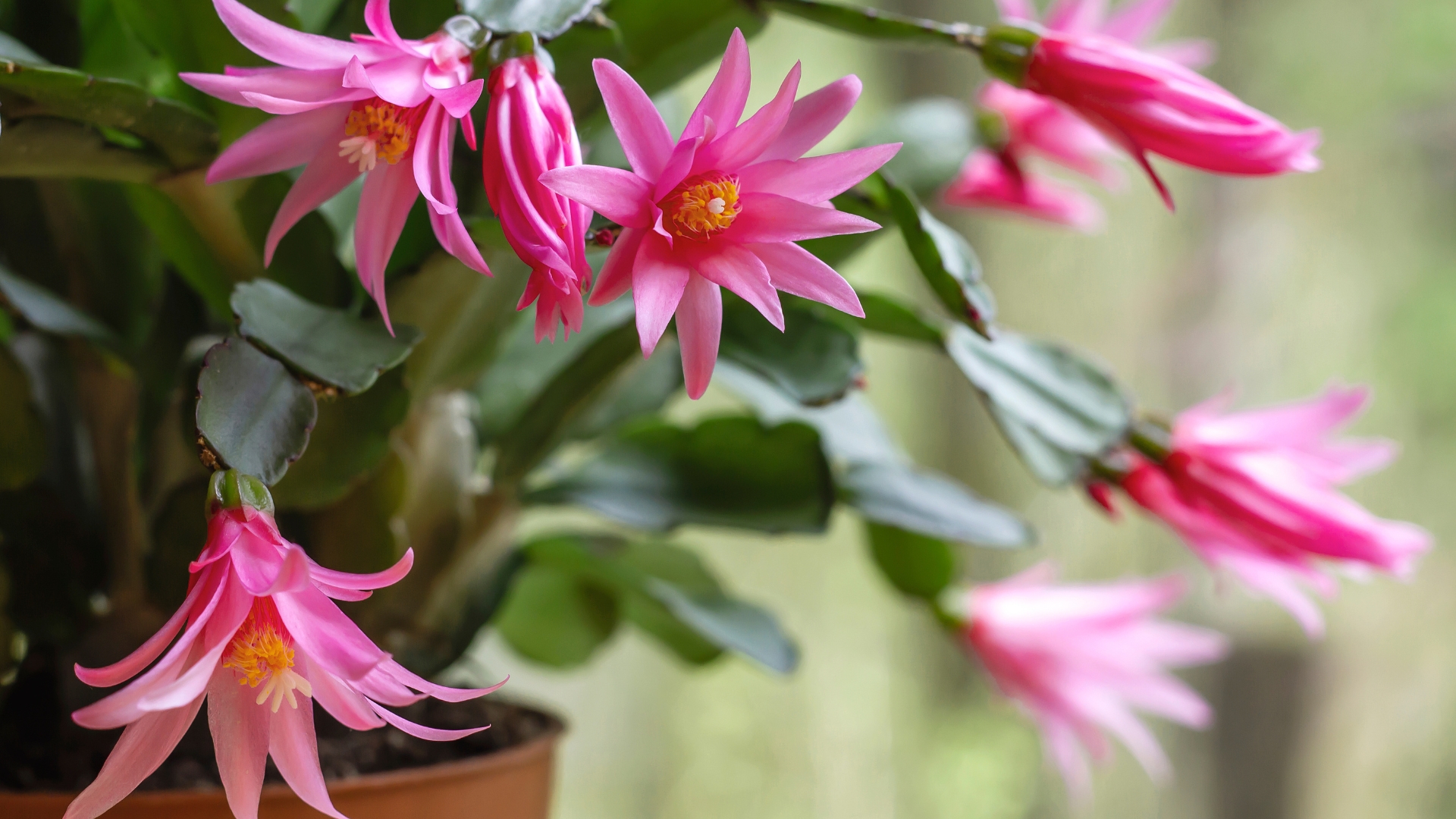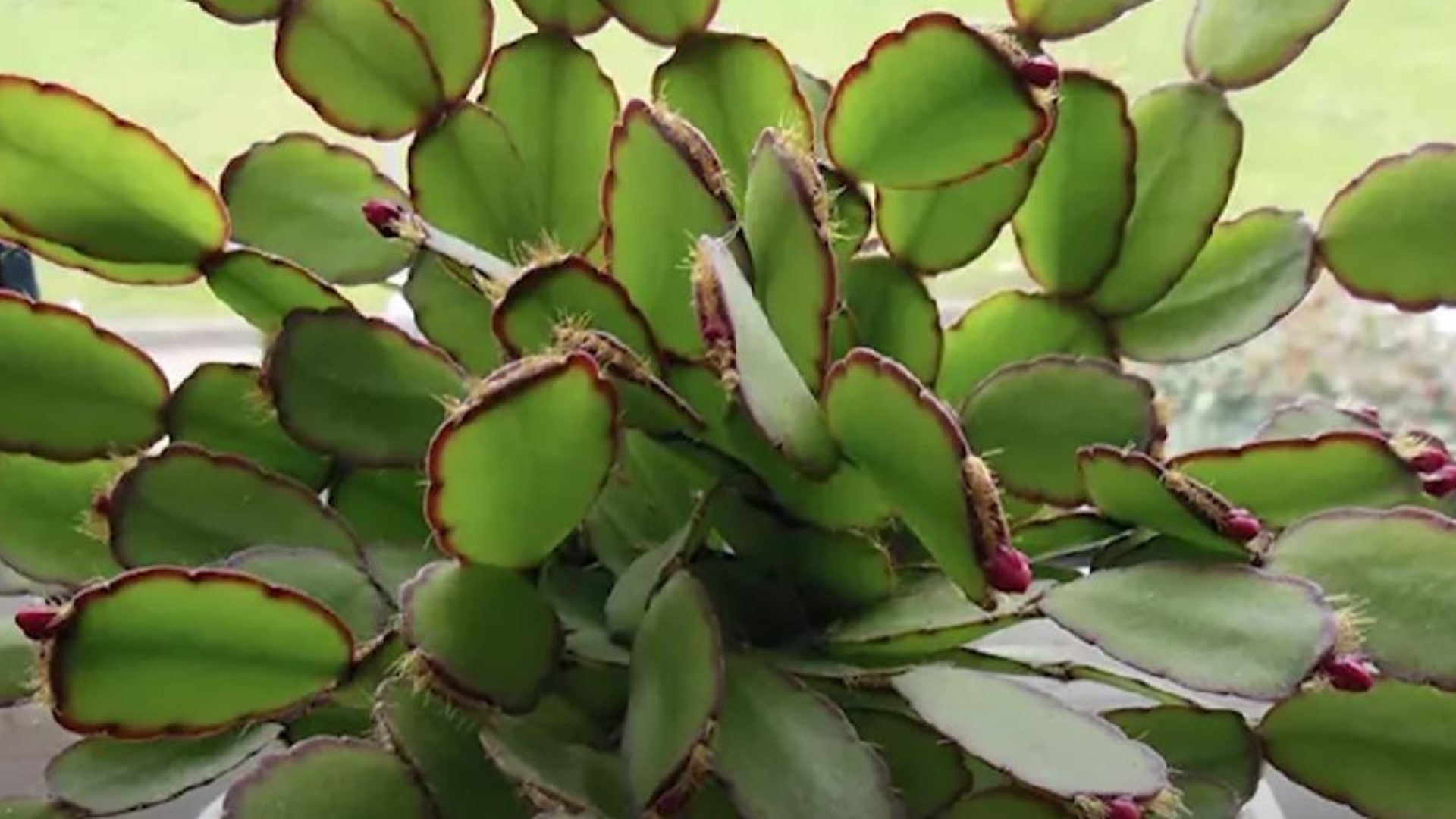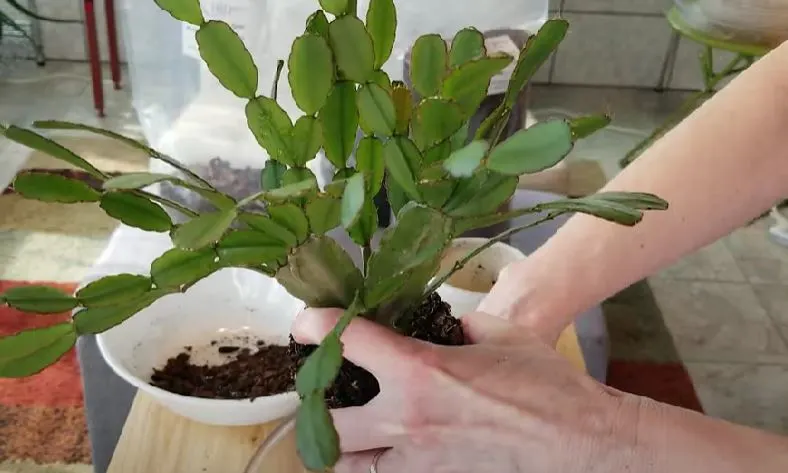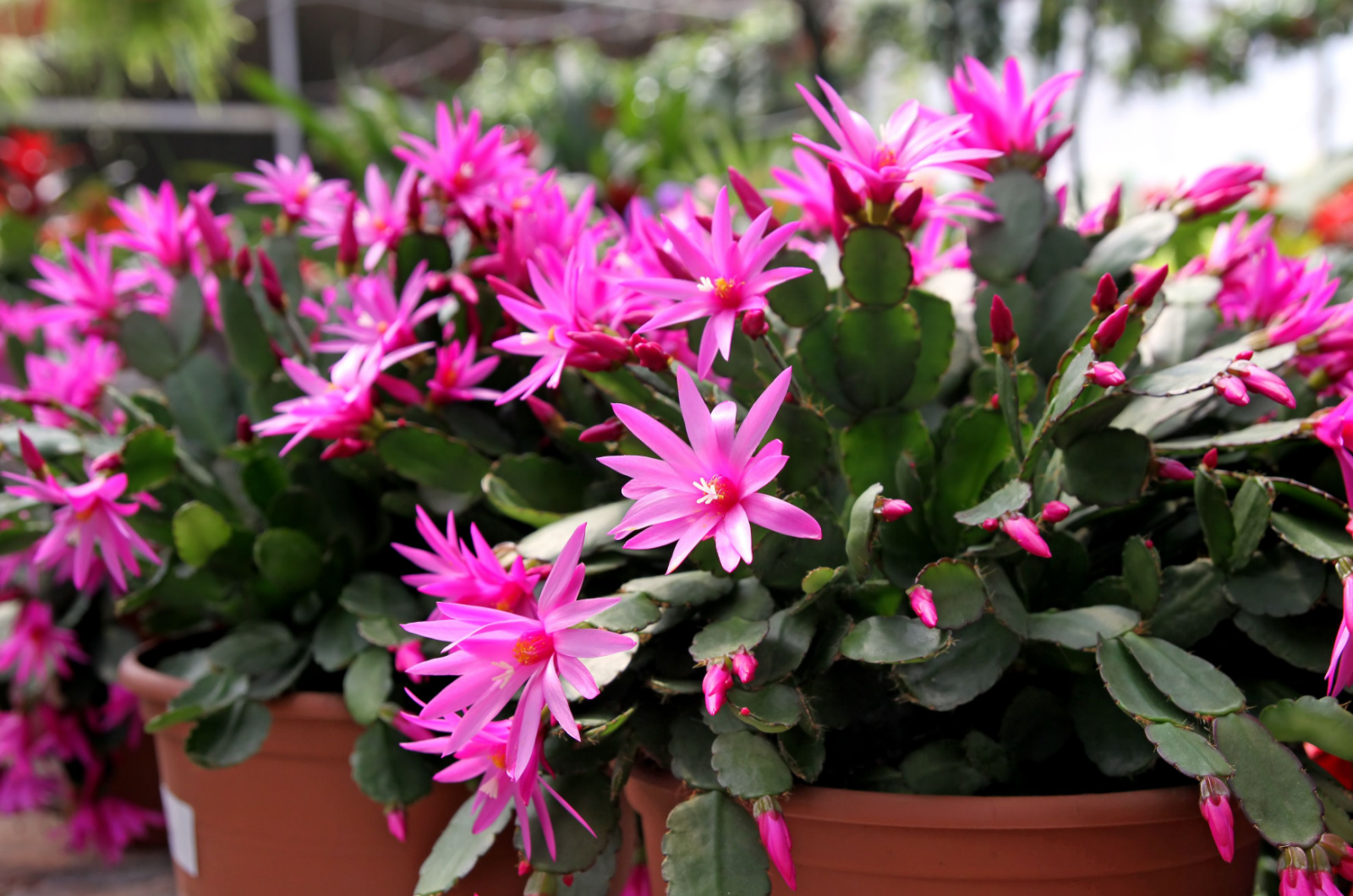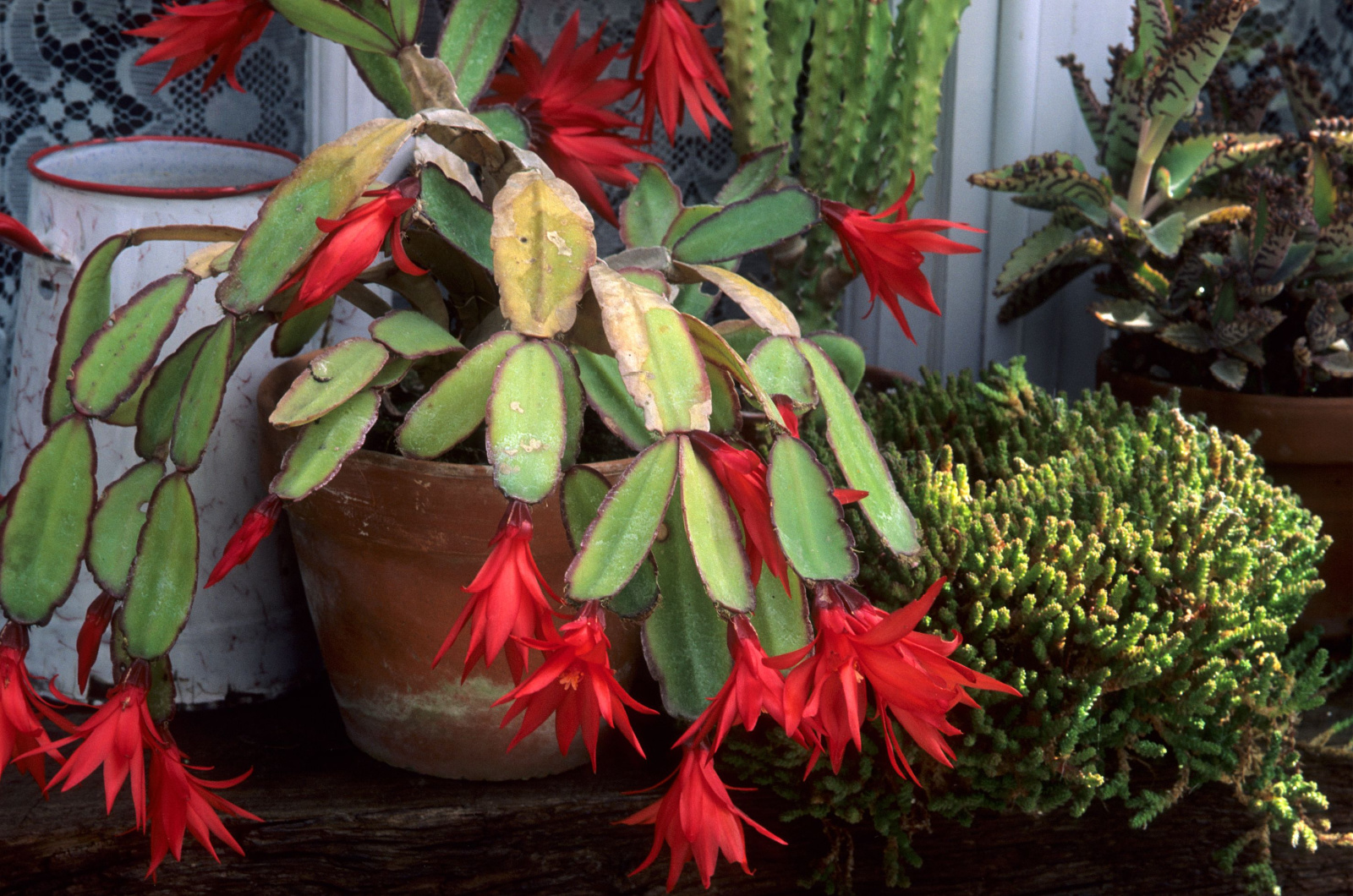Once March arrives, you’ll see Easter cactuses on the shelves of almost all garden centers and supermarkets.
Your Easter decorations will be adorned with red or pink star-shaped blossoms, and they’ll last throughout May.
After the blooming season ends and the flowers fade, you may wonder how to get the plant to produce flowers again. If there has been some time since the plant was blooming, there are a few reasons why it didn’t do so again.
In this article, I’ll show you how to make an Easter cactus bloom and tell you why it hasn’t produced any flowers in the expected timeframe.
Let’s get started!
Reasons Why Your Easter Cactus Isn’t Blooming
It’s essential to understand what an Easter cactus needs to thrive. If you did any of the things below, blooming will be postponed or not happen at all.
You Water Too Frequently
If you’re wondering why your Easter cactus isn’t showing off its blooms, maybe it’s time to change its watering schedule. These plants like their soil to be consistently moist, but drowning them is the worst thing you can do.
Too much water can lead to different issues in your Easter cactus, such as root rot, stunted growth, and lack of blooms.
Don’t water too often, even during hot summer days, and always give the soil a little check between waterings. Let the top layer dry out a bit before reaching for that watering can.
Temperatures Are Too High
One of the things you should know about the Easter cactus is that it isn’t a fan of high temperatures. If it’s placed near a radiator or similar heating device, it can’t produce blooms.
Your cactus will need a new spot in this case, and it should be away from any heating sources.
You’ve Recently Repotted Your Easter Cactus
If you’ve recently repotted your Easter cactus, it may not produce blooms in the expected timeframe. These are one of the plants that don’t mind being rootbound, and frequent repotting can affect their growth.
Your Easter cactus will need some time to adapt to the new environment. It will focus on root development instead of flowering. Repot the plant approximately every 3-4 years and make sure the new container is slightly larger.
How To Trigger Blooming
And now the most important part, triggering your Easter cactus to bloom. Light and temperature play the main roles when it comes to the flowering stage of these plants.
The first step is to cut back on feeding your Easter cactus and give it the same amount of darkness and bright indirect light.
This process typically lasts for 8 weeks, so the best would be to start at the beginning of the year. Find a dark spot in your home where temperatures are at around 50 degrees Fahrenheit.
Make sure there aren’t any heating sources near your Easter cactus. Additionally, don’t irrigate your Easter cactus too much; check the growing substrate and add water only if it’s dry to the touch.
Once you notice new buds on your Easter cactus, relocate it to a spot that receives a lot of bright indirect light to encourage blooming.
This is also a common procedure for triggering blooming in Christmas cactus.
When Will Your Easter Cactus Bloom Again?
I’m sure you can’t wait for the new blossoms to appear, but you’ll need to be patient. As mentioned, it takes about 2 months for the buds to form, and it will take just as long for them to open.
Easter cactuses typically bloom once a year, i.e., during the Easter season. However, they can produce flowers at other times of the year if you follow the guidelines described above.
If you like those gorgeous, starlike blossoms, make sure to provide your Easter cactus with the perfect conditions!

